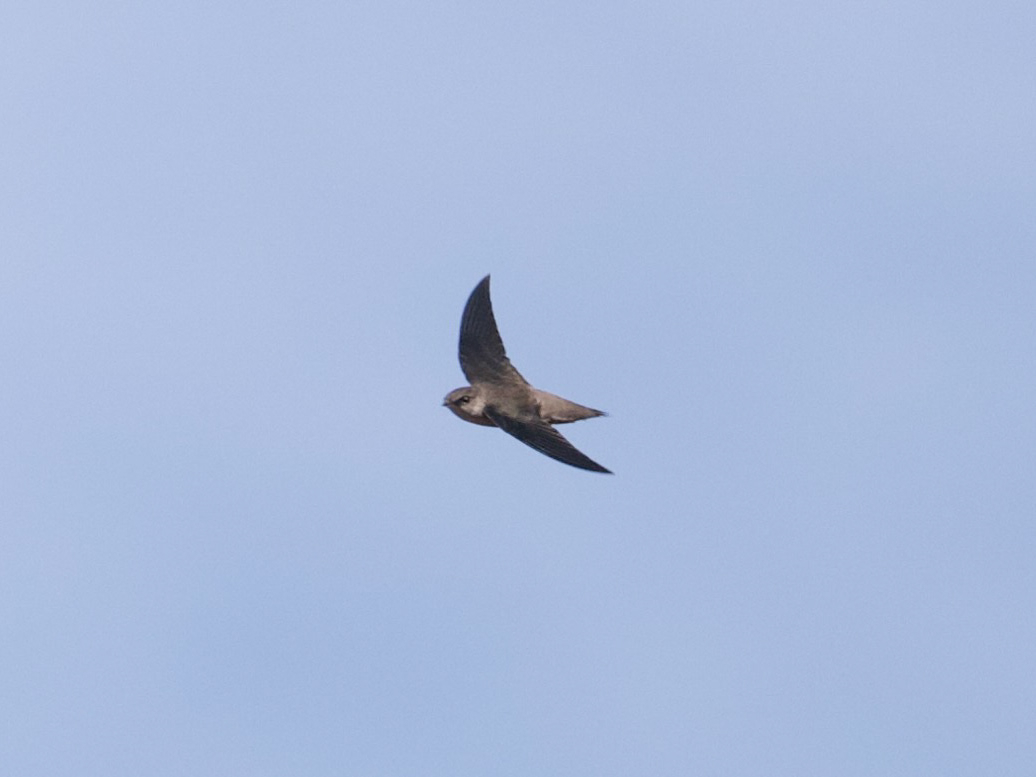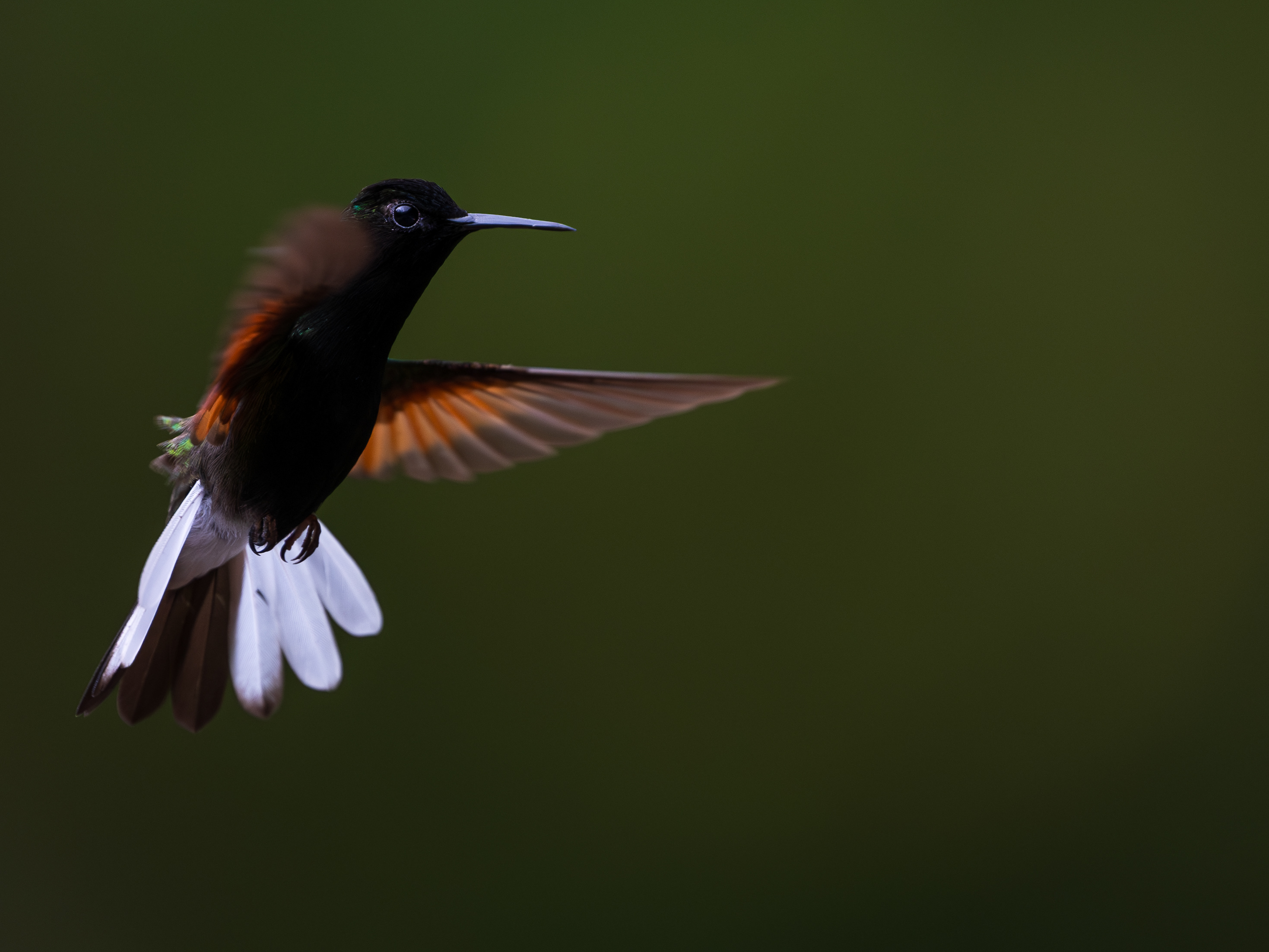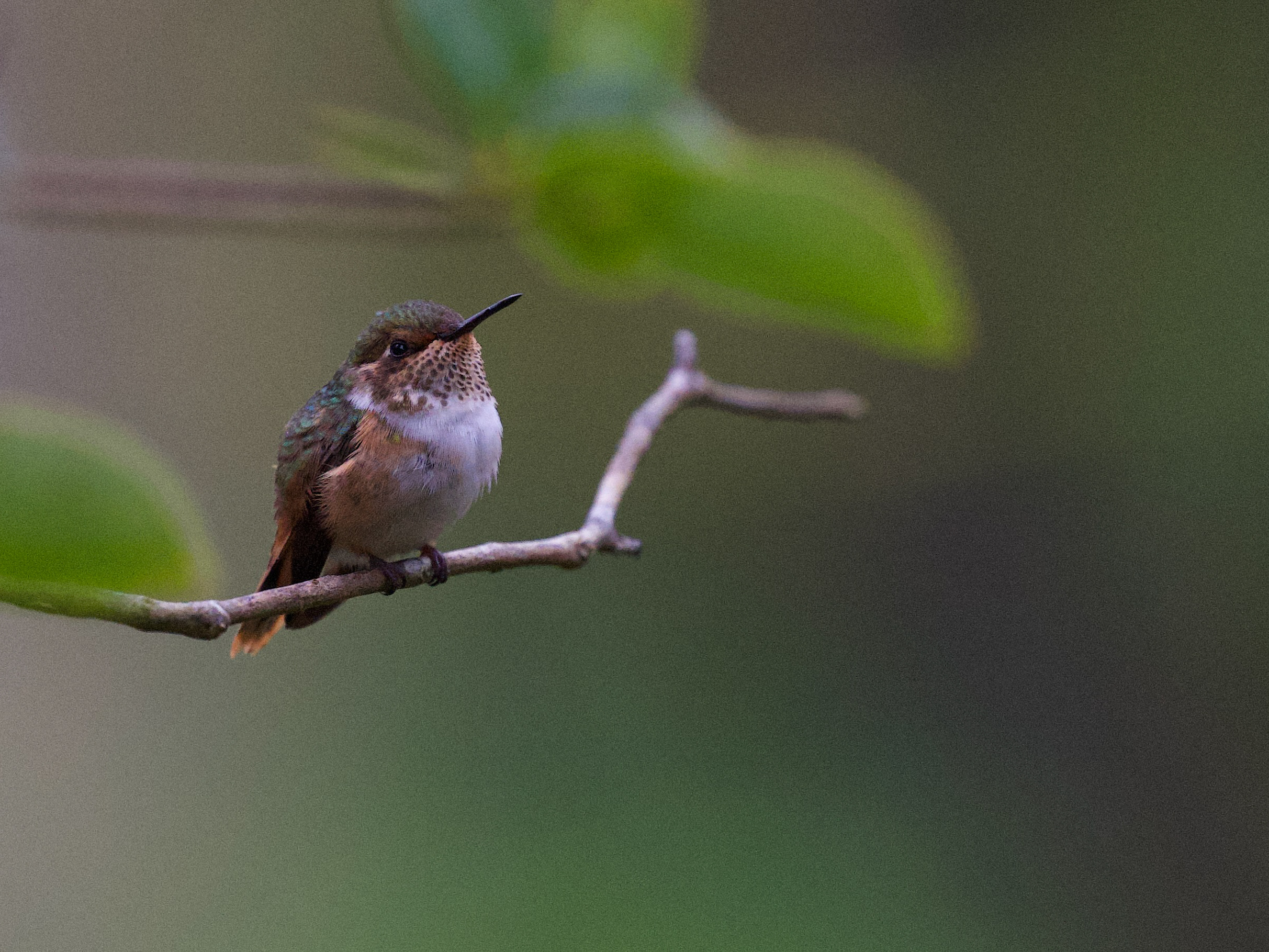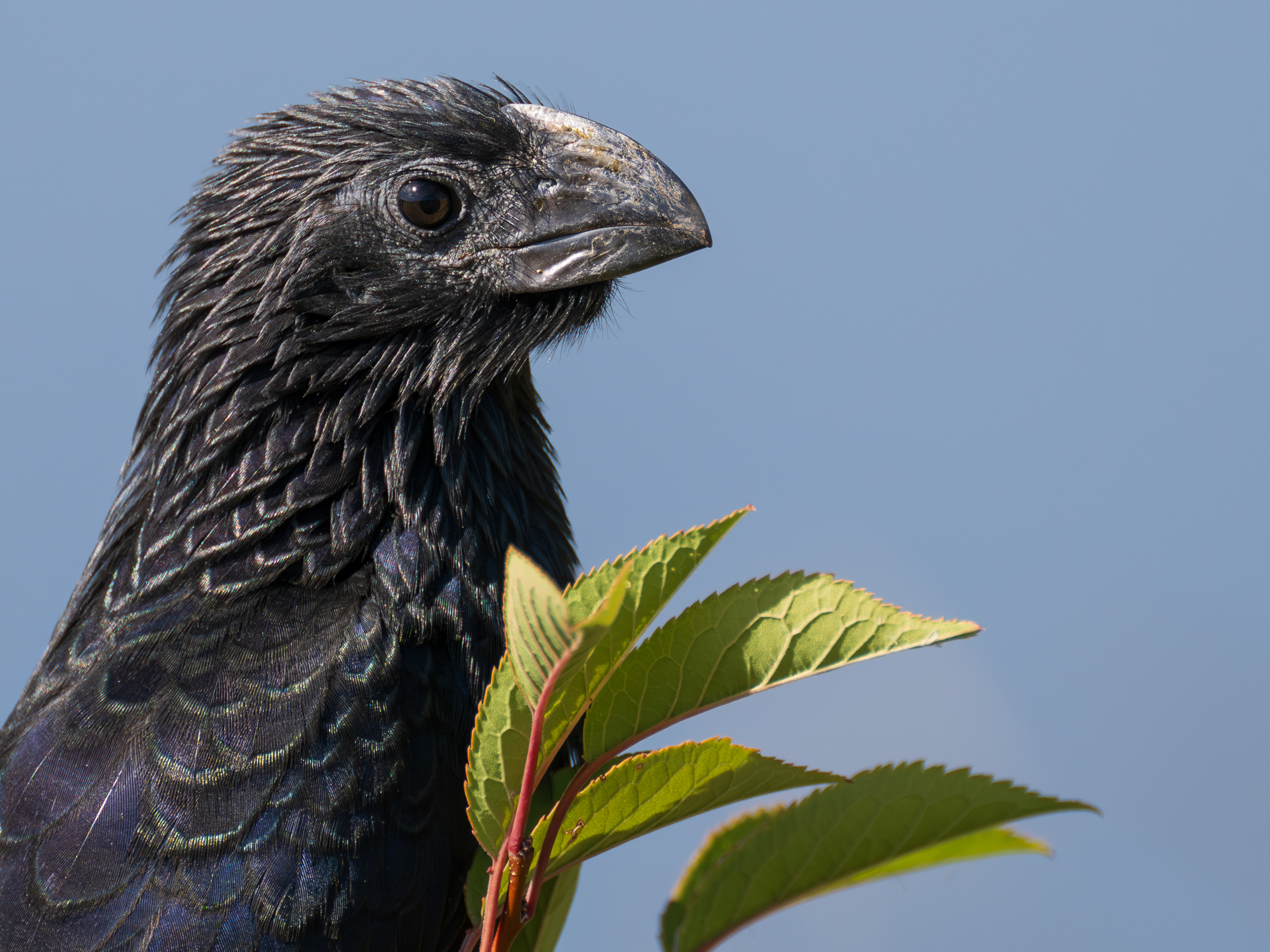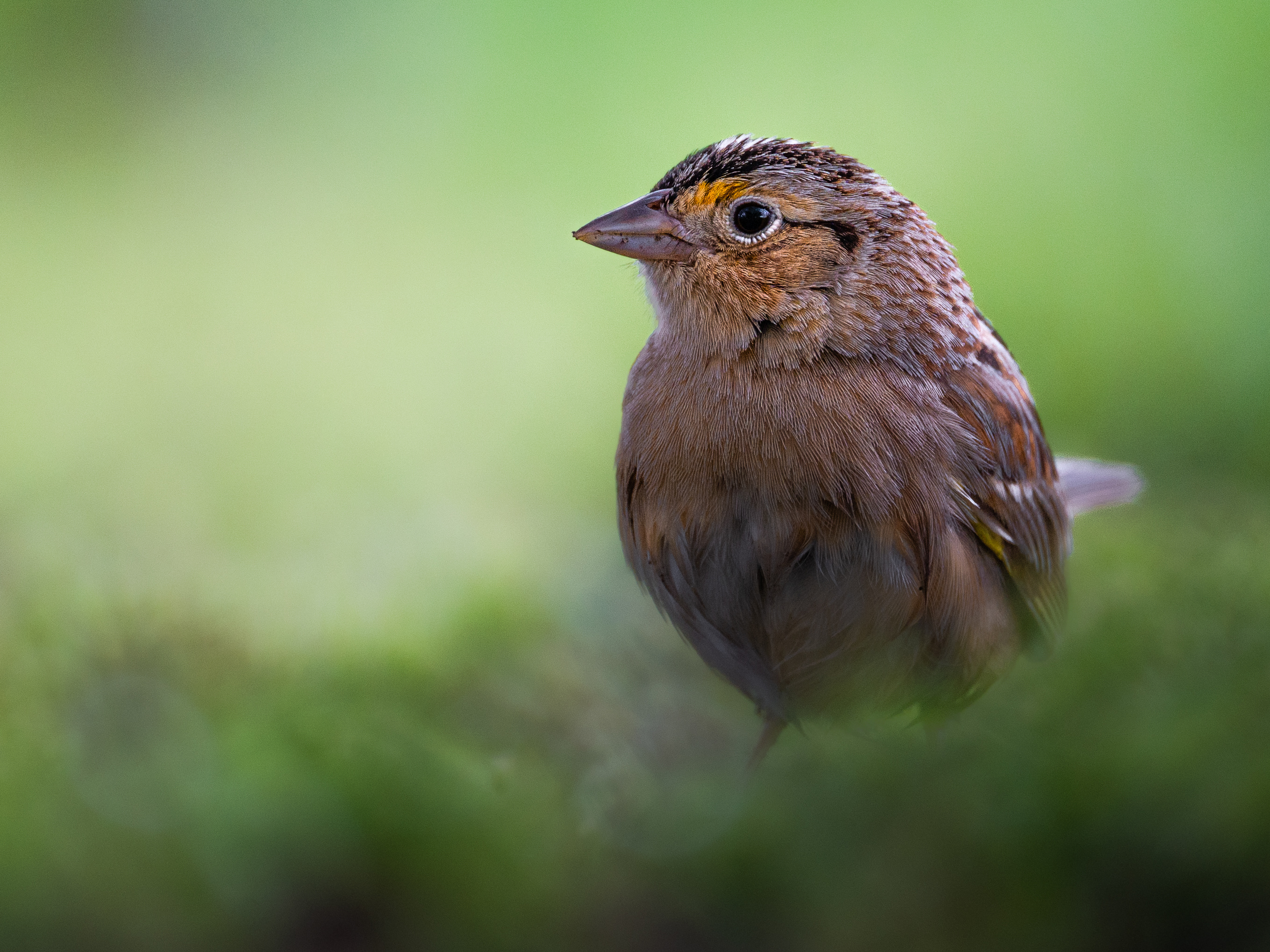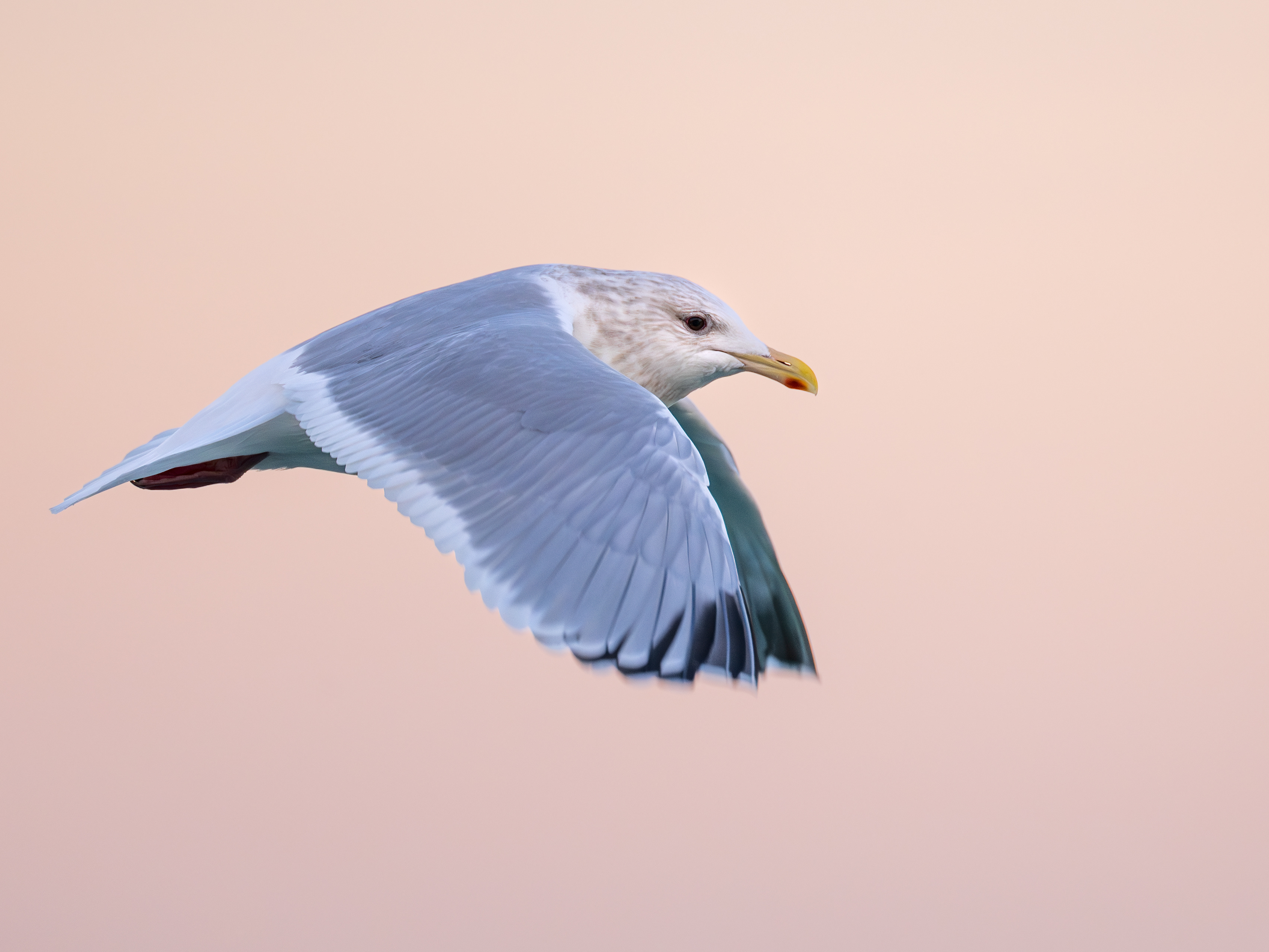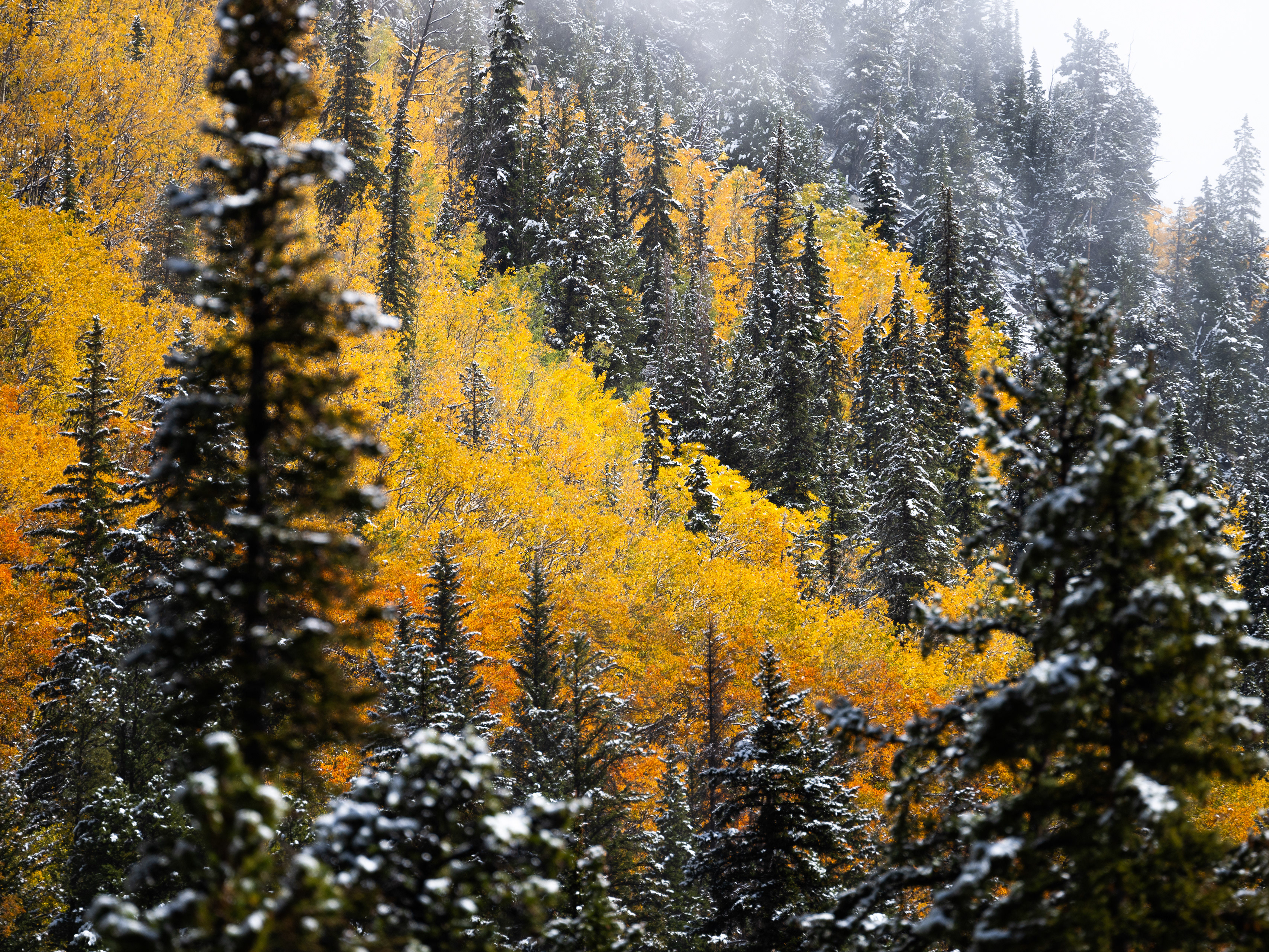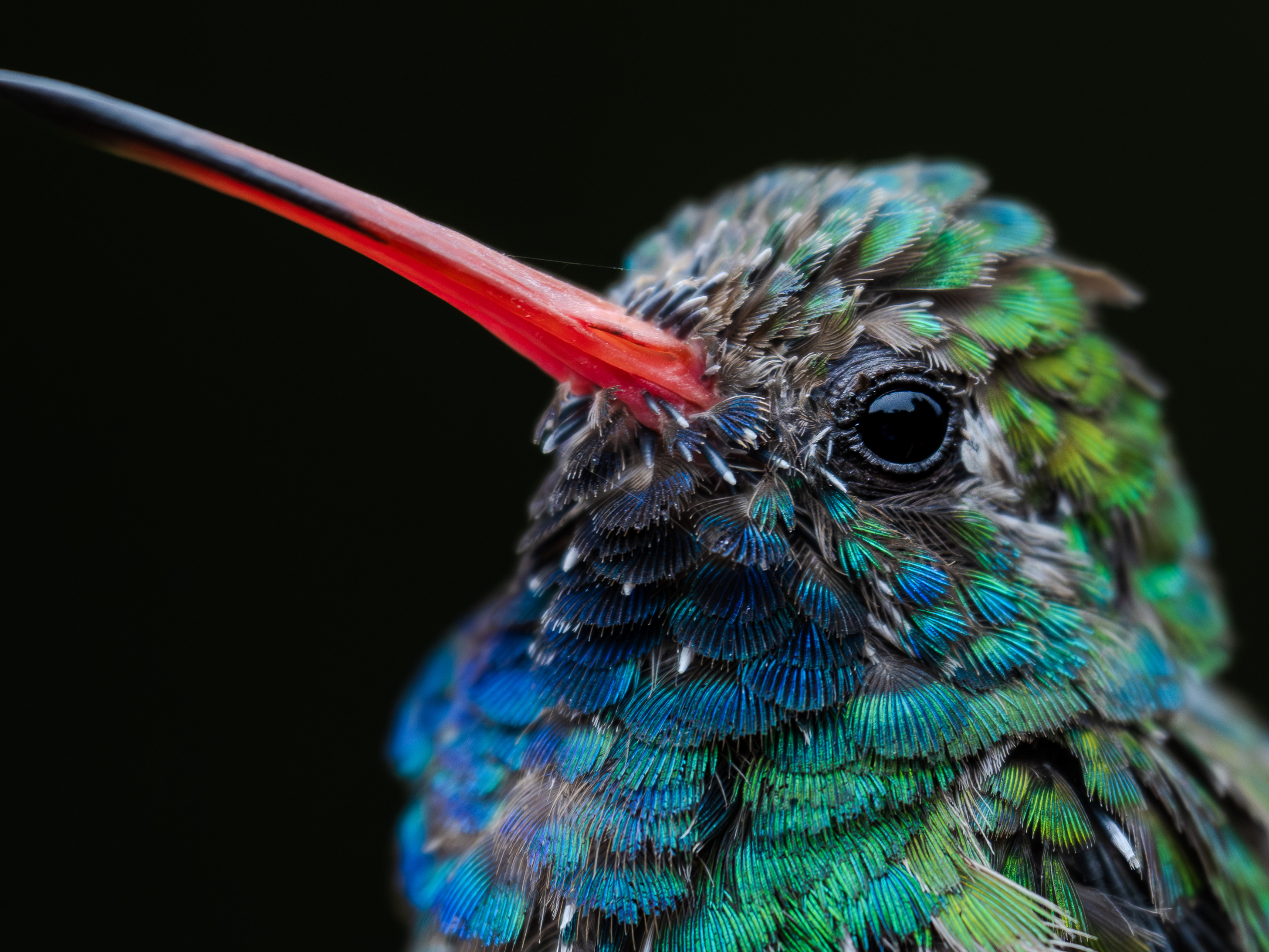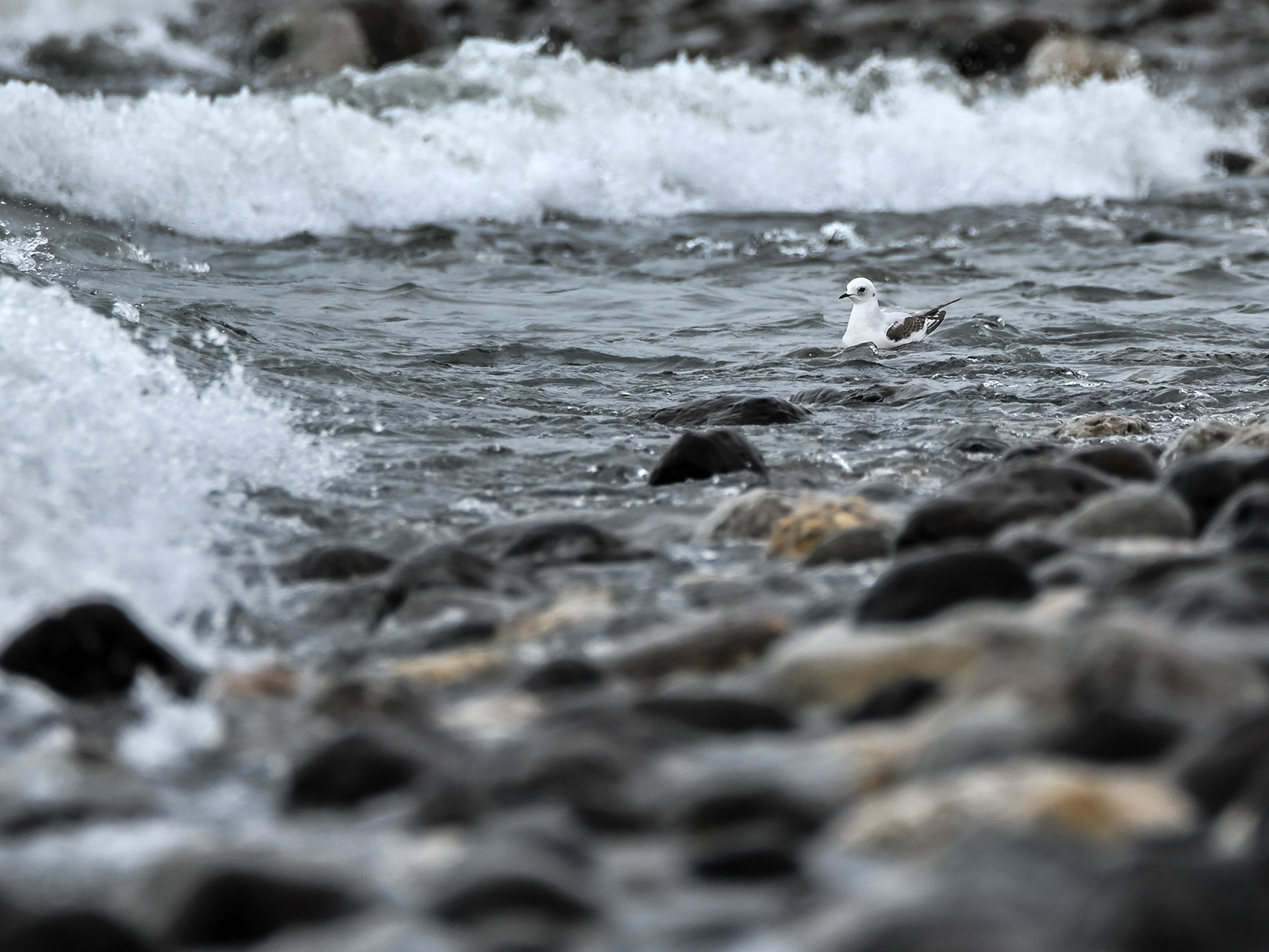Over a month ago, Finn and I did a fun little MTB trail ride at Red Mountain Open Space, a secluded part of Larimer county that looks like it belongs somewhere in the southwestern US with its incredibly bright red soil and cliffs. The trail we chose to start our ride on took us a few miles up a wash and a ways up the side of a plateau, topping out in this wonderfully expansive shortgrass prairie. From there, we followed the trail north into Wyoming along this sea of shortgrass prairie, and back around into the red canyons. At this time, my knowledge of Colorado shortgrass prairies was limited to my one experience birding some small shortgrass areas of Pawnee National Grasslands looking at Thick-billed Longspurs and Mountain Plovers. It being too late in the season for longspurs to still be hanging around their breeding territories, I put this spot in my back pocket to come back to next summer when I could come back with my camera.

See all that shortgrass down in the valley? Imagine all that, but blanketing multiple square miles of small hills on the plateau this photo was taken from.

Some of the red canyons of Red Mountain Open Space

Biking through the red canyons

Some "badlands" looking parts of the canyons.
A few birders here in Colorado have been paving the way to documenting Sprague's Pipit in as many counties as possible on the eastern plains, finding state high counts and many county 1st records last year, and new high counts and even more county 1st's this season. They're an occasional species, quite a rarity on the front range, as there's just no habitat for them. Shortgrass prairie exists in only half of the area it existed before western US settlement, and its decline has led to the decline of many western species, birds and mammals especially.
In Colorado, Sprague's Pipit sparsely migrate through the eastern half sticking almost exclusively to shortgrass prairie, and not just any shortgrass prairie. For a prairie to be considered shortgrass, the grass can't be taller than two feet, and even then that's pushing it, knee height is a pretty good way of thinking of it. Shortgrass prairie can also have large swaths of land with little physical grass at all (which is what species such as Thick-billed Longspurs love). Sprague's Pipit are picky, and don't prefer to exist in shortgrass prairie here if the grass is much shorter or taller than ankle height, maybe a max of 9-10 inches. It's quite interesting as I don't know if they're the same way on their breeding grounds in the northern great plains.
An example of the shortgrass they like in Colorado, this is the prime habitat we searched in.
Earlier this week, some friends and I decided we wanted to take a morning on the weekend to look for Sprague's Pipit in Larimer County, where the only two records are off-course vagrants, not during their prime migration window. The first thought was to bike a ton around gravel trails in Soapstone Prairie Natural Area going through shortgrass hoping to flush one, but due to most of the trails that cut through the shortgrass were closed. Perfect! I tossed out the idea of making the drive up to Red Mountain with bikes to poke around for a bit, as the shortgrass prairie there seemed like our only other chance. Saturday morning, Sean, Kalder, and I loaded up our bikes at 5:30am, and drove an hour north to the Red Mountain parking lot. Still dark, we unloaded bikes, and started our 4.5 mile ride to the shortgrass prairie. It was quite cold, with a cold wind from the south. Super low clouds and dense fog shrouded the valleys and washes we were biking through, and sat perfectly on top of the plateau we needed to get to the top of. a few hundred feet of elevation gain later, we made it to the top of the plateau, and were immediately greeted with the sea of rolling shortgrass. Immediate excitement, and we had a very good feeling about potentially finding one.

Sean and Kalder biking through the valley leading up to the prairie.

The plateau shrouded in a low cloud.

Shortgrass prairie.
We knew it would be tough to hear birds calling through the wind that was much stronger in the prairie than down in the valley, so we quietly made our way to the Canyon Trail where we figured we'd have our best chance. A Chestnut-collared Longspur called overhead somewhere in the cloud quickly burning off over us, and a few Horned Larks had us on our toes. We reached the Canyon Trail and dropped our bikes. Not 10 minutes later, about a quarter mile down the trail, we heard one. We heard one. Insanity. On our venture up to the prairie, we were fully expecting this to be 11+ miles of hiking and biking for very likely no Sprague's Pipit, or potentially hours of searching to maybe have a chance at hearing one. We did not even in the slightest expect to get one right off the bat. After a few minutes of freakout, we calmed down, got our heads together, and knew we needed documentation. To confirm the existence of a bird that really should not exist where we were looking calls for some proof. For over an hour hearing single and double calls at a time, we were either always not recording, or talking through the calls.
My friend Alex in Chicago does this thing to record birds where he walks around with his phone on top of his head, which is honestly genius. I started doing that after about 20 minutes after we heard the bird call twice. Kalder said "I just heard one do the double call" and sure enough, the bird flew right over us at an unknown height, completely unseen thanks to the heavy fog. I stopped my recording a few minutes later hoping I had caught it, but listening to the tape in the field wasn't looking promising. Even well after the cloud moved out and the sun burned the fog off, we continued to hear the birds sporadically calling, and Kalder even got a brief look at one. Over the course of our search, we had 1 definite individual, highly likely a second, and potentially a third.
After we covered as much suitable habitat as we could while still in the state of Colorado (the Wyoming border was a stone's throw to the north), we decided that our experience was satisfying, and we banked on our collective hour+ of recordings to contain even one single call.


I was pretty excited to bike back down to the car as it's almost all nice flowy singletrack downhill, about 1,000 feet of decline in elevation. Epic. How often do you get to find the 3rd record of Sprague's Pipit in a county they don't belong in in suitable migratory habitat AND get to bomb downhill tracks at almost 30mph? Pretty epic in my book.



If you ever feel the need to search for Sprague's Pipit in Northern Larimer County, here's exactly what to do.
In mid-October, head out to Red Mountain Open Space, and plan to get there about an 30mins-1hr before sunrise. Whether you're hiking/biking, you'll take the same trails, but if you're hiking, give yourself much more time. Take the Sinking Sun Trail to where it meets up with the Big Hole Wash Trail, and go downhill into the wash. At the next fork, stay right to stay on the BHW Trail. Eventually you'll get to the Cheyenne Rim Trail, and hang a left. Go uphill to the top of the plateau, and keep following the Cheyenne Rim trail along the shortgrass prairie. Keep an ear out for SPPI. Once you get to the Canyon Trail heading towards Soapstone, this is where you'll have your best shot. Anywhere there's suitable habitat could certainly have one.
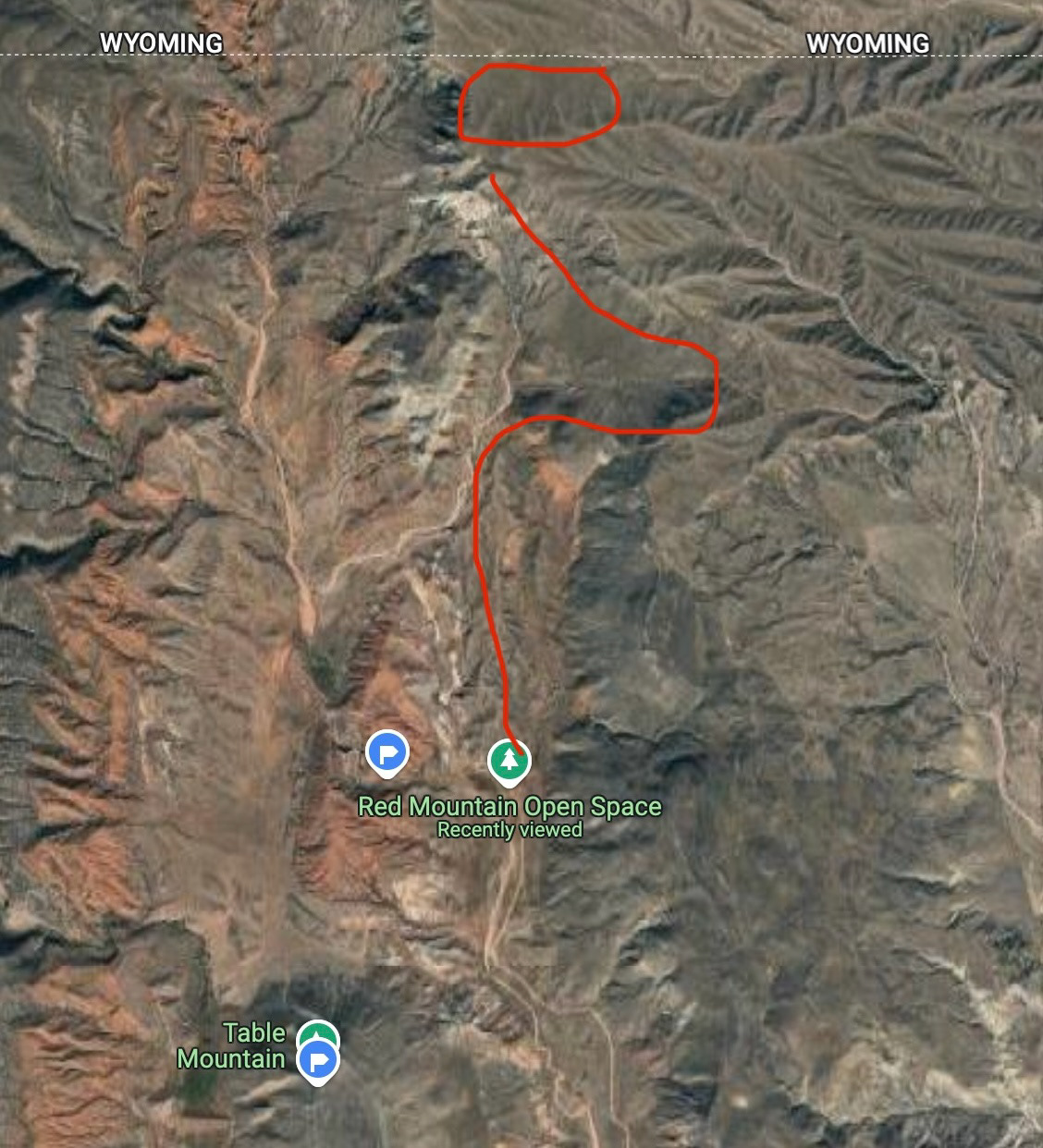
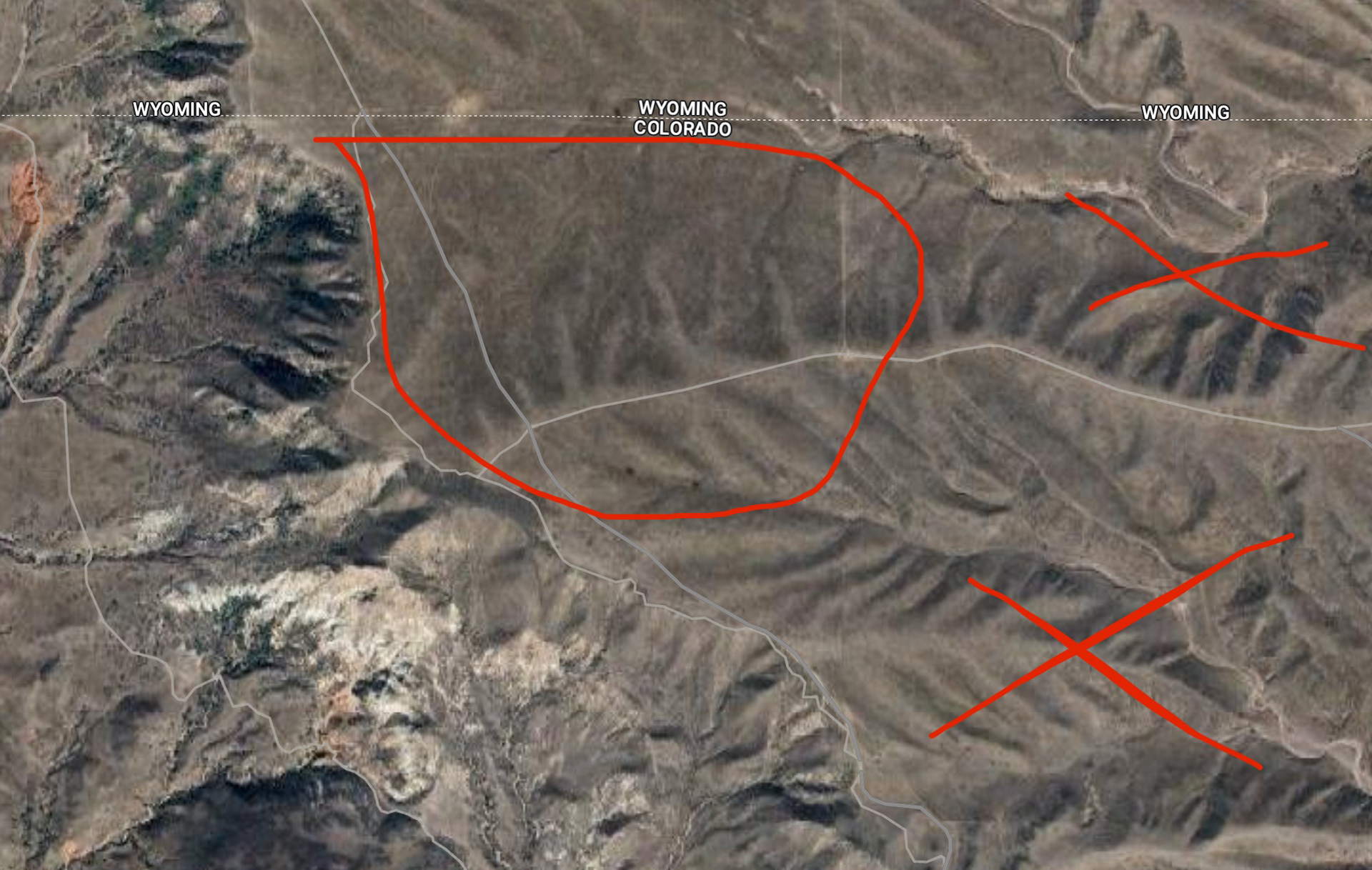

Left shows the rough route to take to get to the shortgrass prairie, middle shows the best habitat. X'ed out is either too long/short or too shrubby and woody.
